Permafrost is key to the planet’s future.
Even though that permafrost covers around 24% of exposed land in the Northern Hemisphere, not many people know what it is. Permafrost is permanently frozen ground over more than 2 years with the temperature permanently under 0°C. Permafrost occurs at high latitudes and altitudes on both hemispheres. Regions, where permafrost occurs are classified into zones based on the land with actual permafrost. Continuous permafrost zones have permafrost underlying 90-100% of the land area, discontinuous permafrost areas have about 50-90% and sporadic permafrost 10-50%. Where the permafrost is underlying less than 10%, this place is called isolated patch.
The upper layer of permafrost is called active layer. It can thaw in the summer. Recent studies discovered, that the active layer is getting larger every year. This means that more permafrost is thawing every year. The climate changes directly affect this process. According to Intergovernmental Panel on Climate Change (IPCC) it is estimated that by mid-21 century, the area of the permafrost in the Northern Hemisphere will decline by 20-35%. By the year 2080 the depth of active layer which thaws, could be increased by 30-50%.
Most parts of the world where you can find permafrost are not very populated and are very rich in natural resources like timber, minerals, oil and natural gas. Permafrost also contains almost twice as much carbon in the form of frozen organic matter as in today’s atmosphere. As the permafrost thaws, all the gases that have been stored inside will be released. This process already started in some parts of the world, like western Siberia.
According to researchers in the National Snow and Ice Data Center it is estimated, that by 2200, 6o% of the permafrost in the Northern Hemisphere will be probably melted. This imminent danger could mean, that around 190 billion tons of carbon could be released into the atmosphere. This number is probably half of all the carbon released in the industrial age. If this happens, the atmospheric warming could be irreversible.
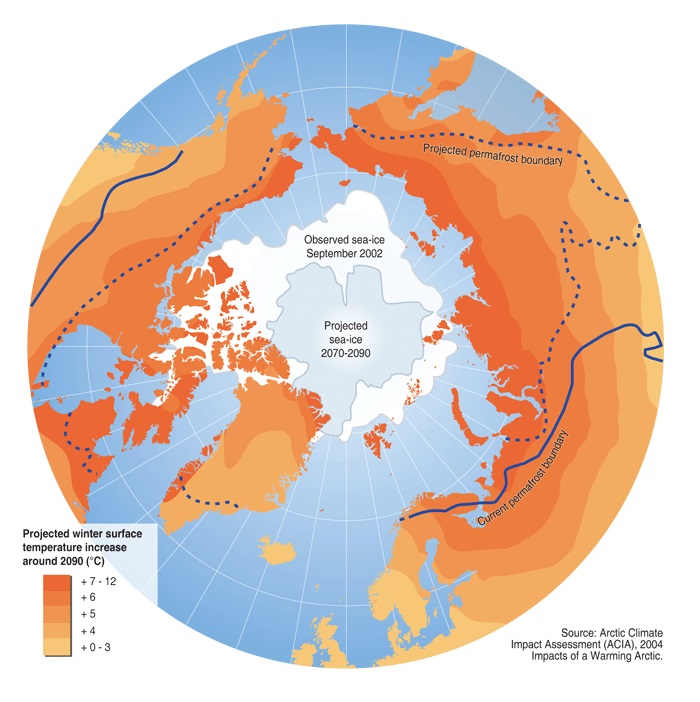
Expected changes in Arctic temperatures by the year 2090. Blue solid line is current permafrost boundary (orange). Blue dashed line is projected permafrost boundary by 2090.
It is not that hard to imagine what could possibly happen when the permafrost melts. One of the problems with people not knowing about permafrost might be that this problem is not incorporated in the climate models. This means, that even our wildest imaginations what could possibly happen are probably not wild enough. David Shindell and Gavin Schmidt are climate scientists of RealClimate. They suggest that a real world scenario would be an instantaneous release of about 10 gigatrons carbon-equivalent (gton C) of methane into the atmosphere. Right now, it is about 3.5 gton C.
[sc:ad-text]
As I suggested before, the methane is also problematic. In moist areas, most of the emissions will be from the methane. Methane is a greenhouse gas that has 20 to 25 times more warming power than carbon dioxide. As the ground will be getting warmer, the methane will be directly released into the atmosphere or bacteria will break it down to carbon dioxide and it will be released into the atmosphere.
It is believed, that there is no way to get more than 1 gton C of methane in the air emitted at one time, which is very fortunate. But the world has seen a massive release of methane in the past: Paleocene Eocene Thermal Maximum (PETM). Although it is very hard to say how long it will take for permafrost to melt, we know, that the world is warming ten times faster than it did in the PETM. Therefore, it is really very hard to say what will happen and when it will happen.
source: unep.org
[sc:end t=”Permafrost – the Time Bomb That Could Kill Us”]

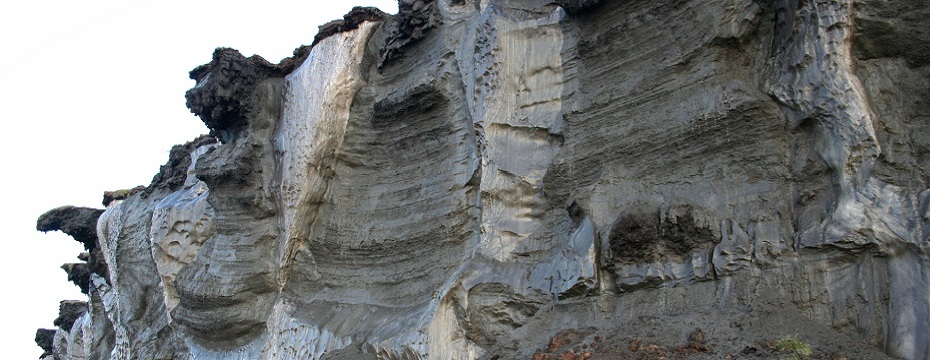

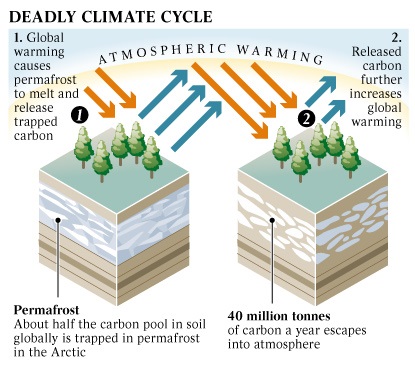
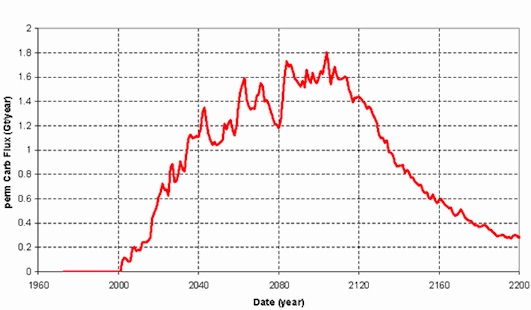
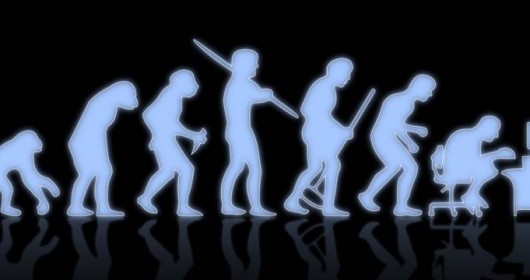

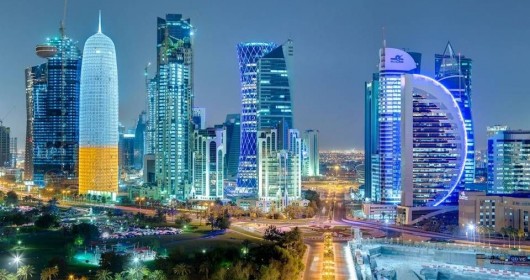



Leave a Reply